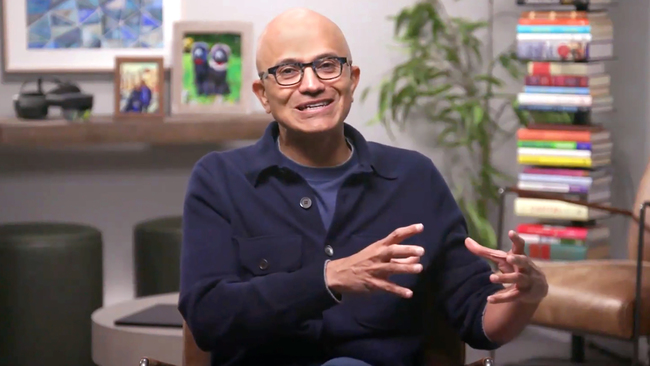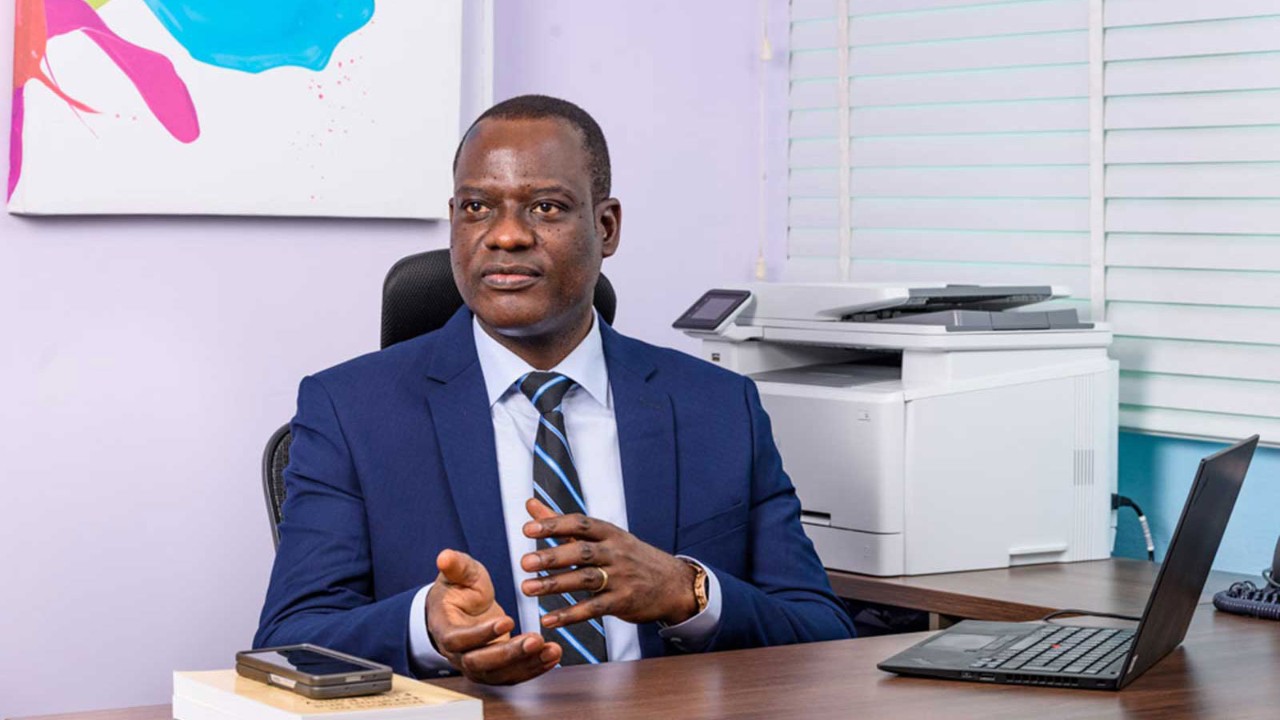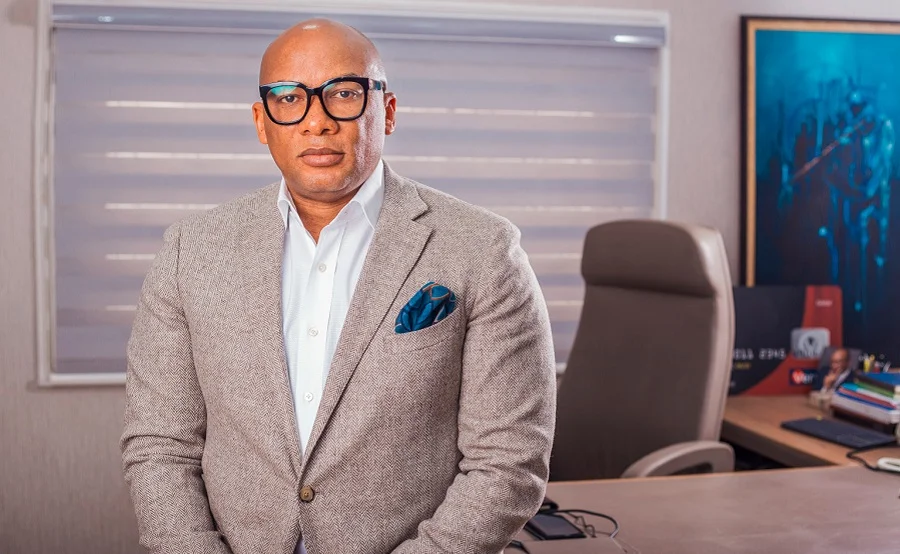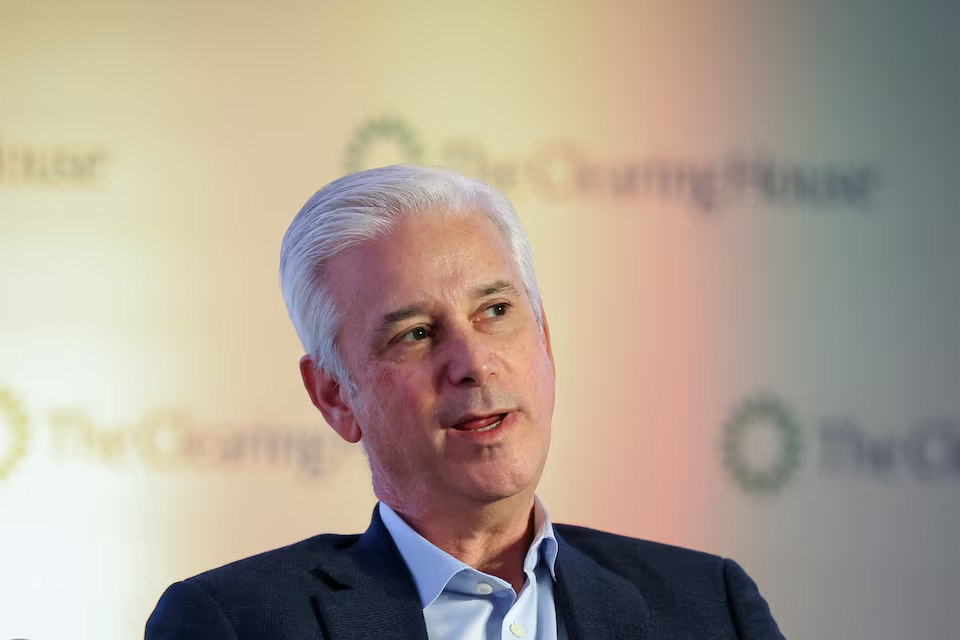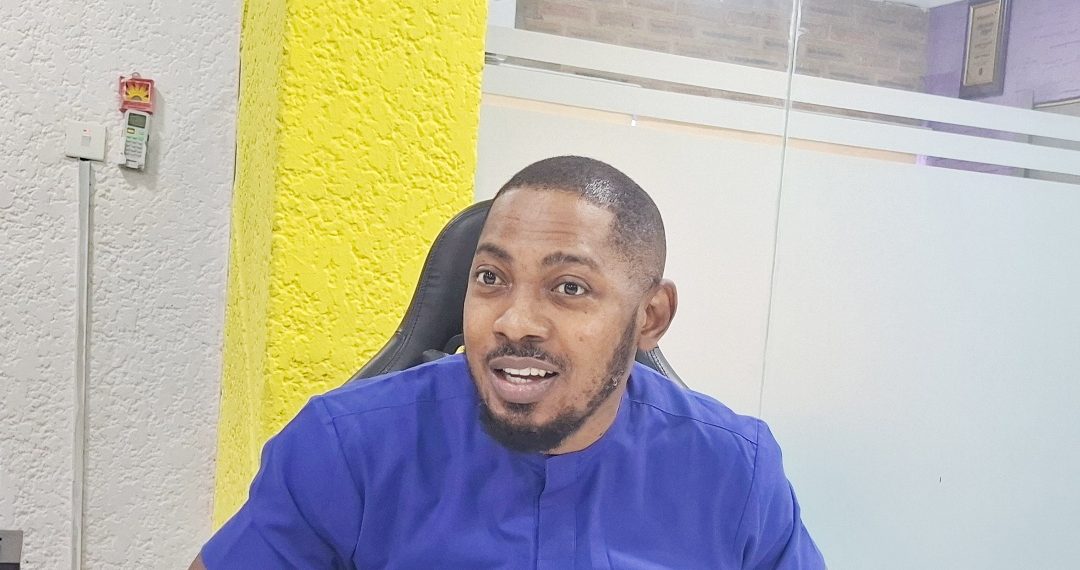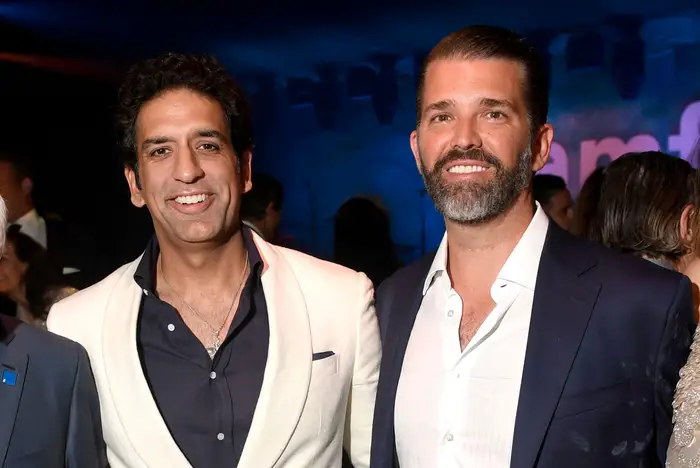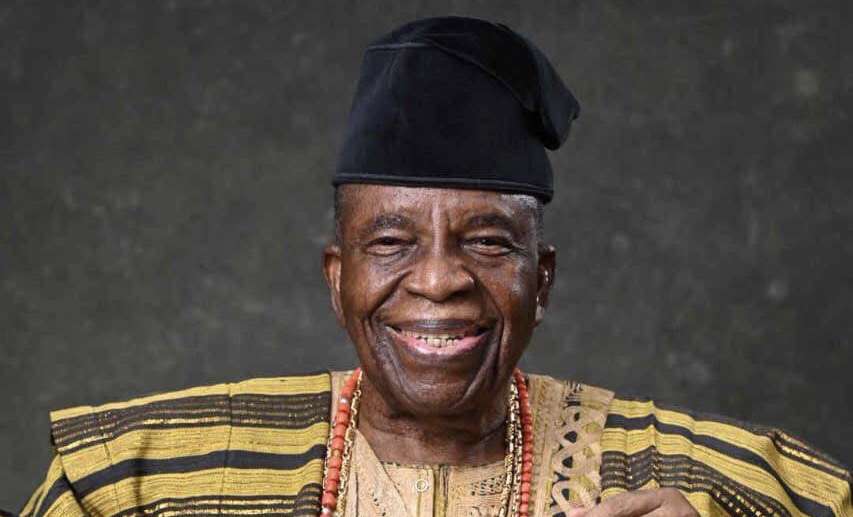When Satya Nadella became CEO of Microsoft in February 2014, few could predict the scale of transformation he would spark. At the time, the company was struggling with identity, once the giant of the PC age, it was being outpaced by rivals like Apple, Google, and Amazon in mobile, cloud, and innovation. Microsoft had become synonymous with bureaucracy, slow decision-making, and missed opportunities.
YOU CAN ALSO READ: Lagos Bets on Agri-Tech to Secure Food Systems, Economic Growth
Nadella stepped in with something different, not just a plan, but a philosophy. He believed that Microsoft didn’t need to be louder or faster; it needed to be more empathetic, open, and curious. His now-famous mantra, “Empathy makes you a better innovator,” set the tone for a new era.
One of Nadella’s first acts wasn’t about products, but people. He wanted to shift Microsoft’s internal culture from a rigid “know-it-all” mindset to a flexible, “learn-it-all” mindset.
To him, success wasn’t about proving you’re right, it was about staying curious, asking questions, and learning faster than the competition. Under his leadership, Microsoft embraced collaboration, diversity of thought, and experimentation. This cultural shift didn’t just boost morale; it reignited creativity across teams once stifled by internal rivalries.
Nadella described this best in his book Hit Refresh, where he wrote, “We needed a culture that allowed us to continuously refresh ideas, to rediscover our soul.”
When Nadella took over, Microsoft Azure was a distant second to Amazon Web Services (AWS). But with his deep background in cloud computing, he saw what others didn’t: the cloud wasn’t just a product, it was the future foundation of the digital economy.
He poured investment, trust, and vision into Azure, transforming it into a leading cloud platform. Today, Azure powers millions of businesses globally and sits at the core of Microsoft’s $3 trillion market valuation. Nadella’s cloud-first strategy repositioned Microsoft as a vital partner to startups, enterprises, and governments, no longer a walled-garden software vendor, but an open ecosystem player.
One of Nadella’s boldest moves was embracing what Microsoft once rejected, open source. The company that famously opposed Linux in the early 2000s now proudly declares, “Microsoft loves Linux.”
YOU CAN ALSO READ: Celebrating Saudat Salami at 50: The Woman Who Turned $50 into a Movement
Through partnerships, acquisitions, and integration, Microsoft became one of the largest contributors to open-source projects worldwide. The $7.5 billion acquisition of GitHub in 2018 was a statement: the new Microsoft would build with developers, not for them.
This openness not only reshaped how the world saw Microsoft, it reshaped how Microsoft saw itself.
Nadella also understood that transformation required smart bets. His acquisitions were visionary, each aligning with a broader ecosystem strategy. LinkedIn (2016): Strengthened Microsoft’s presence in enterprise networking and data.
GitHub (2018): Cemented ties with developers. Activision Blizzard (2023): Positioned Microsoft at the heart of gaming and the metaverse.
And then came AI, the most defining wave of this era. Nadella’s partnership with OpenAI turned Microsoft into a global AI powerhouse. Integrating GPT models across Microsoft 365, Edge, and Azure has positioned the company as both a platform and a leader in applied AI. Under his guidance, “Copilot” became not just a product but a symbol of how humans and machines can work together, intuitively.
Nadella also redefined Microsoft’s sense of responsibility. He pushed the company toward a carbon-negative by 2030 goal, expanded global access to digital skills, and doubled down on inclusive technology.
This wasn’t just corporate PR, it reflected his leadership style: grounded, empathetic, and deeply aware of technology’s role in shaping society.
In a decade, Satya Nadella has transformed Microsoft from a tech giant struggling to stay relevant into one of the most valuable, admired, and forward-thinking firms in the world.
He did it not with bravado, but with humility; not by tearing down the past, but by rebuilding it for tomorrow.
Under Nadella, Microsoft is no longer a company defined by Windows, it’s defined by possibility.
Satya Nadella’s leadership isn’t just a case study in business transformation. It’s a lesson in human-centered innovation, proving that the most powerful technology is built by those willing to learn, empathize, and reimagine what’s possible.


